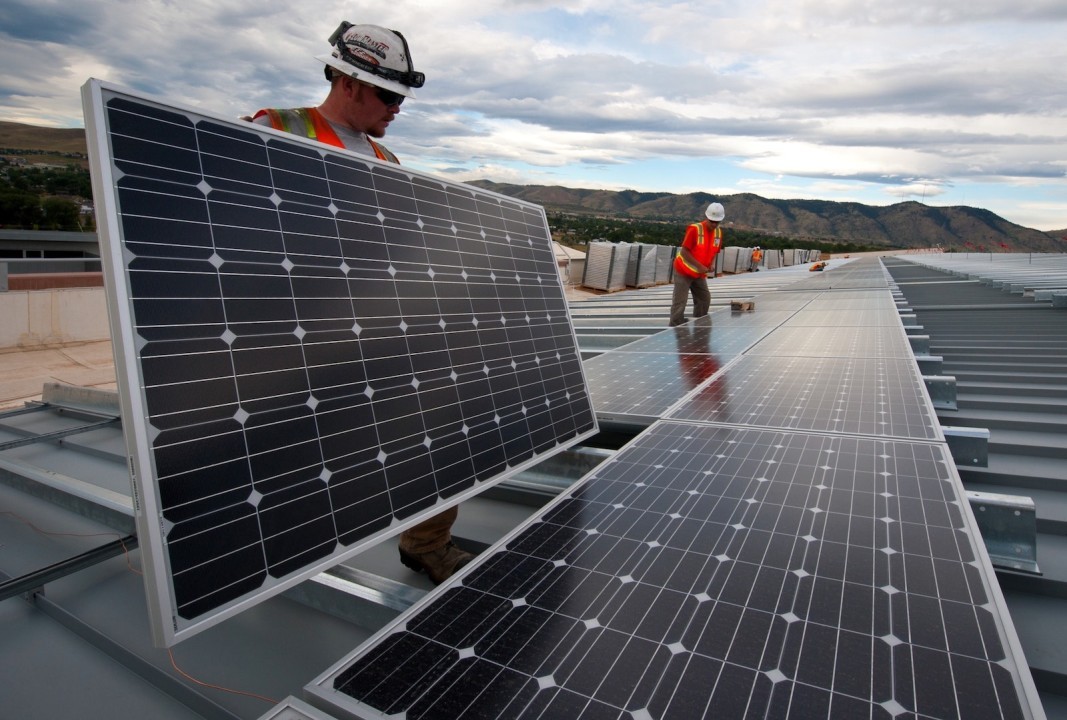With solar panel installers now experts at designing arrays for all manner of homes, whatever type of home you live in, and whatever your energy needs, you can reduce, and ultimately eliminate your utility bills, for good with a professionally installed solar panel system.
But what if your solar energy needs change and you want to add more panels to your array? Perhaps your household has started to use more energy due to an increase in its members, or perhaps you’ve invested in an EV or battery, and your existing array isn’t able to handle the demand? While the process of adding more panels to the roof of your home isn’t difficult per se, there are a few things to keep in mind:
1. Your existing energy usage and requirements
How many panels you have installed on your roof will be determined by several different factors, such as where you live, what equipment is being used, your utility bills since the point of switching, and how the system was designed.
By giving your energy bills to your solar installer, they can help you figure out how many more panels are required, or whether the systems’ production may be at fault.
Fluctuations are normal, but persistent decreases in production, typically are not.
2. What space is available on the roof
It can be tricky to add solar panels to a roof that is already chock full of them. Remember that for panels to be worthwhile, they must be installed in optimal positions.
3. Compatibility of panels
Ideally, all extra panels installed will be the same type and model as the existing ones, but if these aren’t available, your installer will need to choose some with a similar model and output so that the array looks consistent.
4. Inverter type used
In the case of most residential solar panel systems, microinverters are used that are paired with each panel individually, making the addition of extra panels, simple. But, if a central inverter has been installed, the process may not be so straightforward.
5. Energy storage systems
You may need to add panels to your array to ensure that your solar battery is always charged, and your utility grid usage remains low along with your own bills, even when the sun hasn’t made an appearance for hours, if not days.
Is it expensive to add solar panels to an existing system?
You will need to talk to your provider for exact costings, but naturally, solar panels aren’t a cheap investment, even though they are a fantastic investment long-term. Although they may pay for themselves in under a decade, you will need to assess your budget before committing to expanding on your solar panel system.
What is the next step once you’ve decided to expand your system?
It will always be easier to work with your original solar panel installer (provided you were happy with their service), but keep in mind that they may not necessarily work with add-ons. So, reach out to your original provider first, and if they can’t help you, explore your options with other installers in the area. Another to bear in mind, however, is that some installers won’t add panels to systems they didn’t install, and this can be the project size isn’t viable financially for them, or because of conflicting warranties. Often, warranties have minimum sizes of systems in order to be valid, and in terms of maintenance, it can be hard to determine which company is responsible.
Going solar is a great step towards reducing your households’ carbon footprint, and reducing your energy bills, but when your needs change, so might the number of panels you need. While it is usually possible to add panels to an existing array, it also pays to consider your potential future requirements when having a solar panel system installed in the first instance.
Once deciding on an add-on provider, work with the solar company to identify any permits needed. discuss potential incentives associated with an add-on with your solar provider and a tax advisor.


